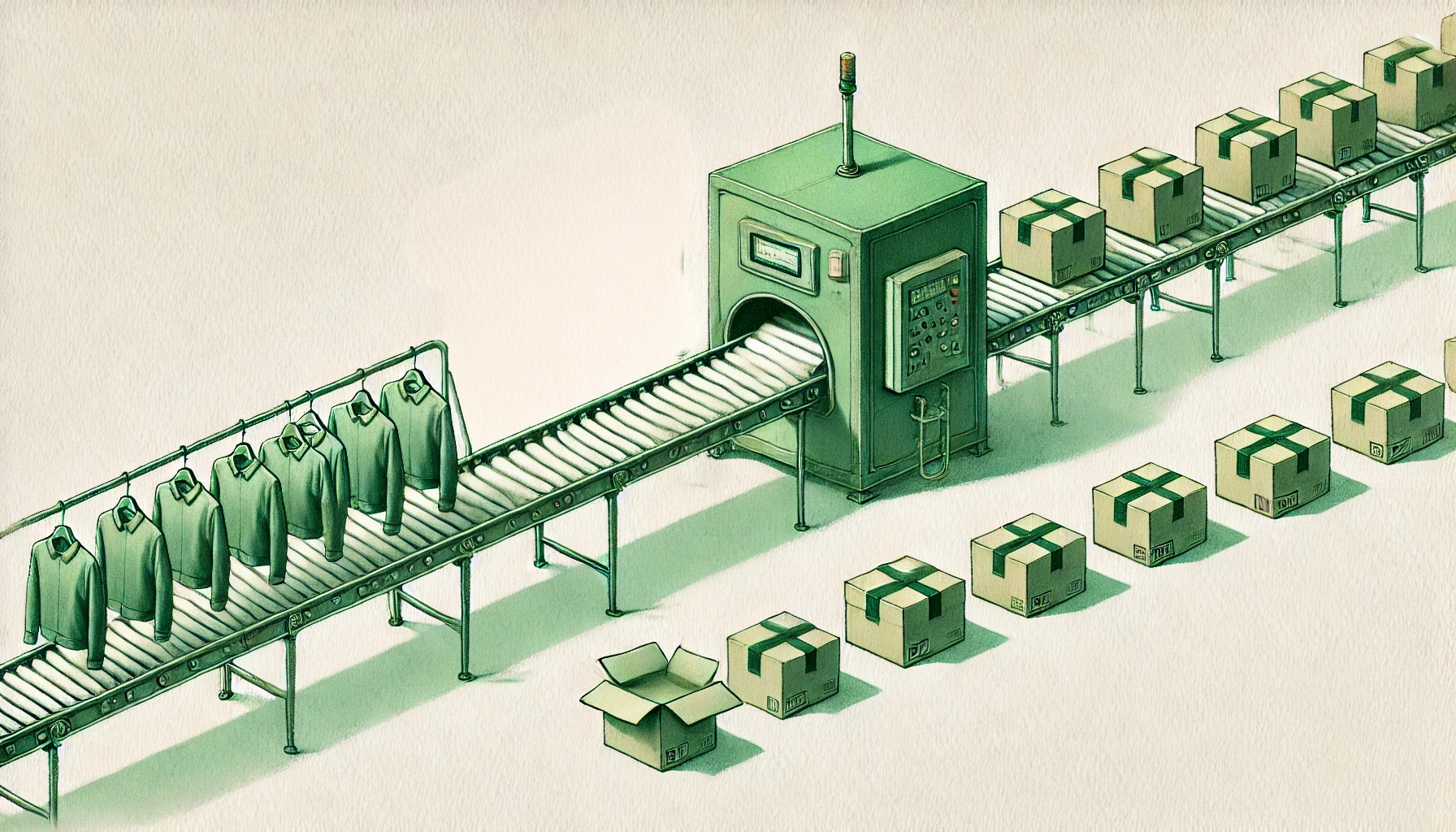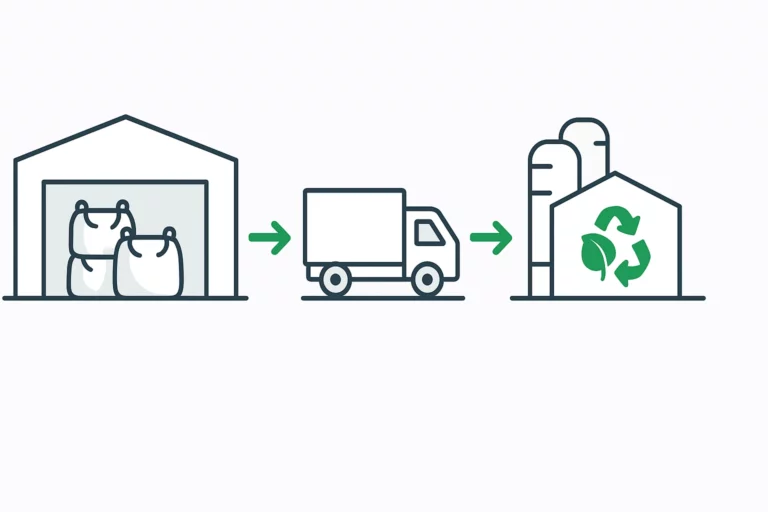Textile transport - when does clothing become waste?

Many of our clients found themselves in a situation where they had second-hand clothes to transport. They thought that such transport did not require a waste transport permit. However, an inspection proved them wrong. As a result, the driver was fined and his employer faced unpleasant consequences. This is why this article was written. What determines the status of used clothing? What conditions must be met for it not to be considered waste? And what is the transportation of textile waste according to the law?
Need help getting a permit for textile waste transport and more? Contact with us
e.nadolna@ekologistyka24.pl , +48 881 045 376
j.blazewicz@ekologistyka24.pl , +48 500 867 153
Textile waste transport - when does second-hand clothing become waste?
In the simplest terms, second-hand clothing becomes waste when the holder intends to dispose of it, actually disposes of it or has to do so legally. The key point here is intention and actual state.
Clothing that is damaged, contaminated, incomplete or that has no market value as a product - automatically becomes waste. This classification can also be given by officials during a roadside check if the condition of the load being transported is questionable.
Importantly, from 2025, all EU Member States must implement mandatory separate collection of textiles. The aim is to increase the amount of them going to recycling or reuse. At the same time, the awareness of inspection services and environmental institutions is increasing.
When can second-hand clothing be treated as a product for resale?
If used clothing meets certain standards, it can be classified as a product - not waste. In EU regulations this is referred to in Article 6 of Directive 2008/98/EC. In Poland, this issue is described in Article 14 of the Waste Act.
Paragraph 1, point 1 therein lists the conditions that a waste must fulfil to be treated as a product. These are as follows:
(a) the object or substance is to be used for a specific purpose,
(b) there is a market or demand for such objects or substances,
(c) the object or substance meets the technical requirements for its use
for specific purposes and the requirements set out in the regulations,
in particular concerning chemicals and products having
application to the object or substance concerned, and in standards
applicable to the product in question,
(d) the use of the object or substance does not lead to negative
effects on life, human health or the environment;
Some companies introduce documentation to prove the status of the product - this can be quality certificates, sales invoices, photos of the goods or declarations from recipients. Such a package of documents does not guarantee the avoidance of inspections, but can help to prove the status of the garment as a product rather than waste.
Transport of textile waste - specifics
Transporting used clothing as waste involves a number of obligations. Firstly, the carrier must have a valid waste transport permit. Secondly, it must be registered in a national waste registry system such as BDO in Poland.
All shipments should be documented, e.g. with waste transfer notes. In the case of exports or imports, however, the provisions of Regulation 1013/2006/EC on transboundary movements of waste apply. These include Annex VII.
The garments must also be packaged and secured properly - often in big bags, compressed bales, wrapped in plastic and labelled as required.
Another element is roadside inspections. The services often question the declared status of a load if the garment looks damaged, wet, mixed or unsorted. Then, even if the shipper has declared that it is a product - in the officer's opinion it may be considered waste. These are the cases that our customers are most often confronted with.
Statistics on the transport of used clothing as textile waste in Europe
According to the European Environment Agency (EEA), almost 7 million tonnes of textile waste was generated in the EU in 2020. A small proportion of this went to separate collection and most ended up in mixed waste or incinerators. At present only less than 1% of it is effectively recycled.
Exports of second-hand clothing from the EU reached a record level of 1.7 million tonnes in 2019. At the time, it accounted for a third of global exports of these products. The main exporting countries at the time were:
- Germany,
- The Netherlands,
- Poland
Europe's largest importers of textiles were the countries of Africa (46%) and Asia (41%) at the time.
The idea of exporting second-hand clothes outside the EU was not liked by countries such as France, Denmark and Sweden. They even proposed last year for the Union to restrict or even ban Its export outside its borders. Opposed to this idea were entrepreneurs from Kenya who make money from these transactions. However, they insist that they are not buying waste, but good quality clothes.
Statistics show that the number of inspections of second-hand clothing shipments in countries such as France, Italy or the Czech Republic is increasing. This shows a growing interest in overseeing the movement of textiles, which often end up outside the EU as waste, even though they formally appear as a product.
Summary
The status of second-hand clothing - as product or waste - depends not only on its appearance and condition, but also on its intention, documentation and destination. A misjudgement can result in a penalty, detention of the transport and loss of customer confidence. Therefore, before each transport, it is advisable to carefully analyse the nature of the cargo and prepare the appropriate documentation. If in doubt, it is best to seek the assistance of specialists who can help with classification and compliant transport preparation.
This allows companies to avoid unnecessary complications and continue to operate in a legally compliant and circular economy manner.






